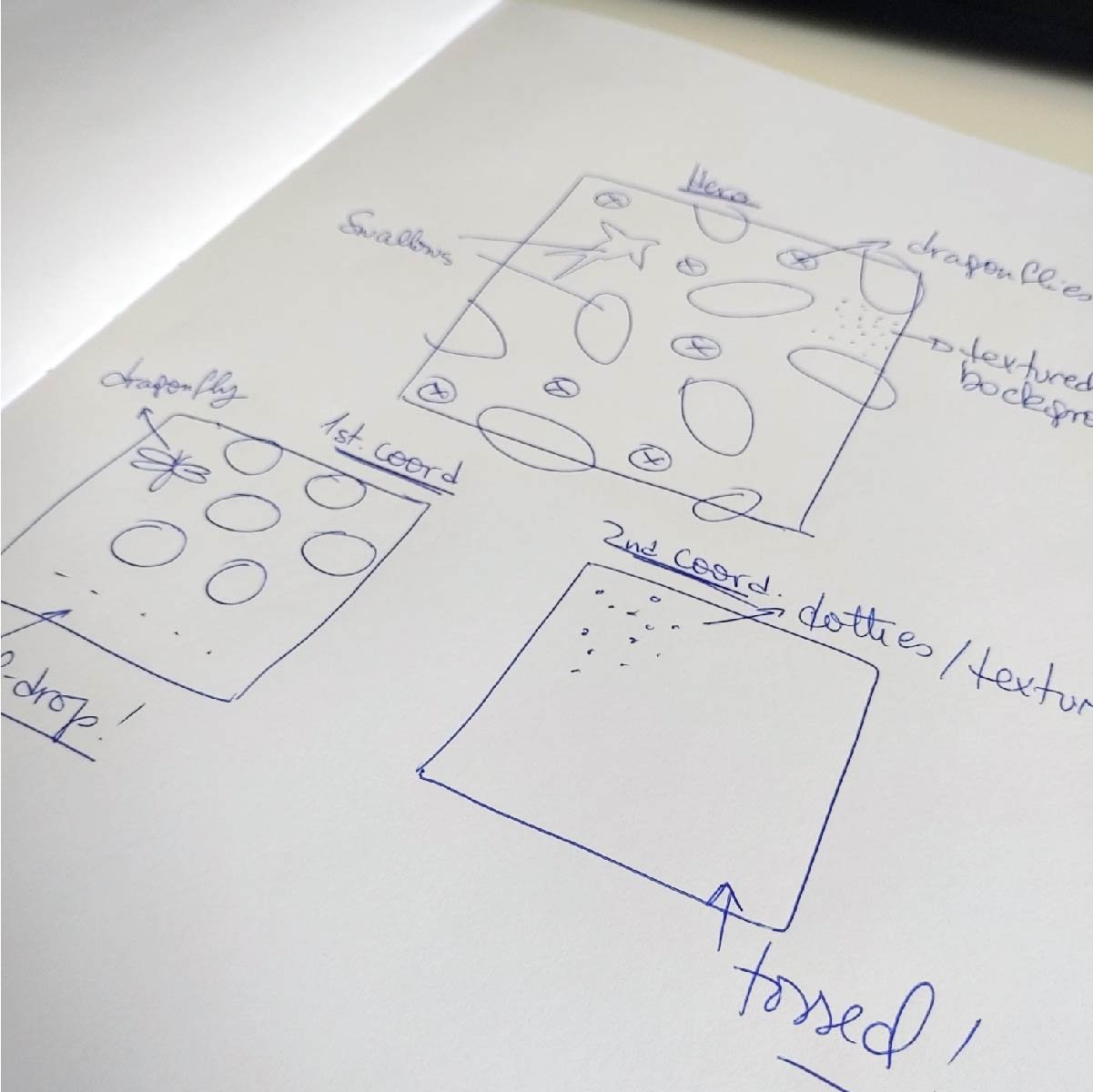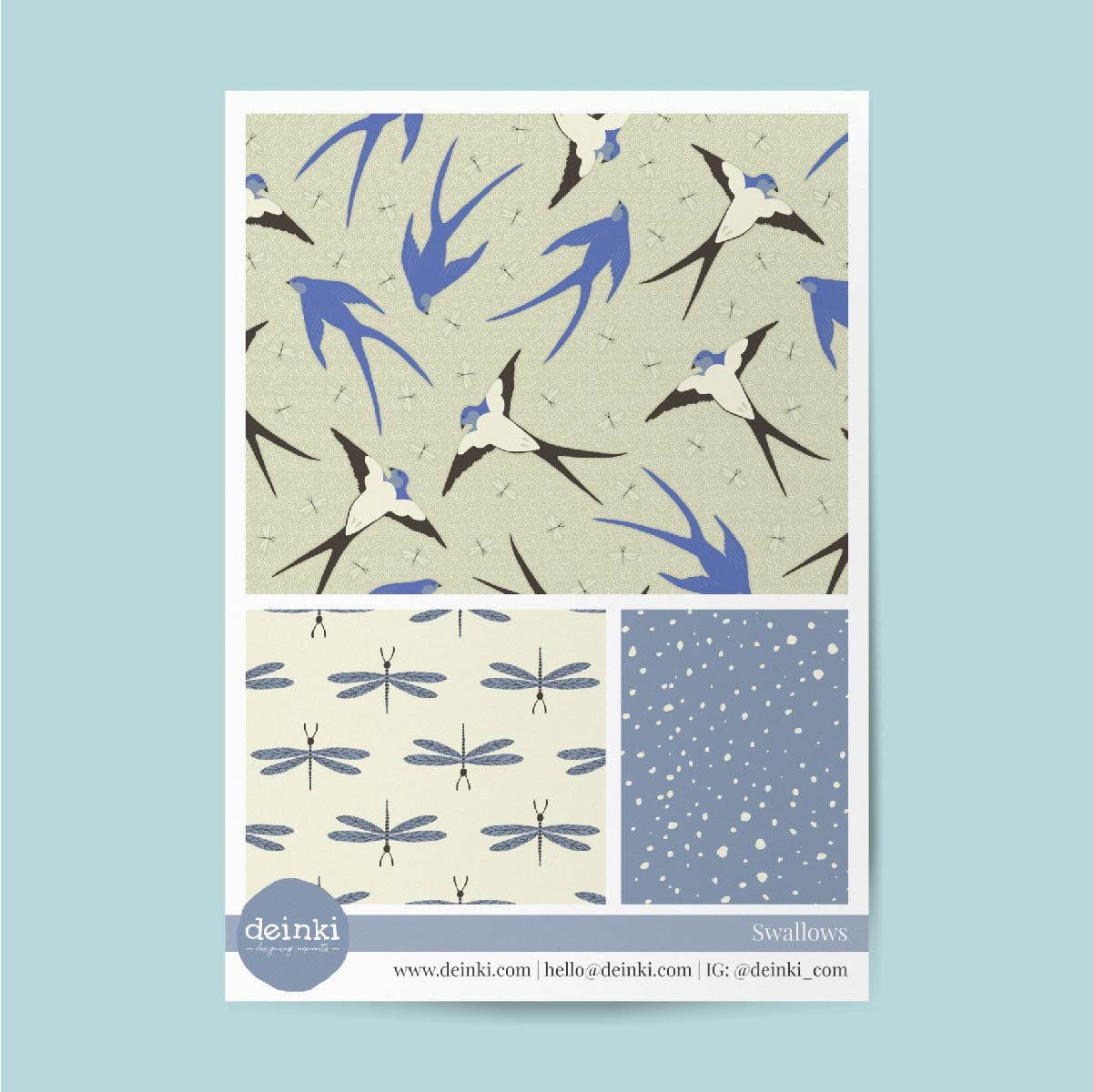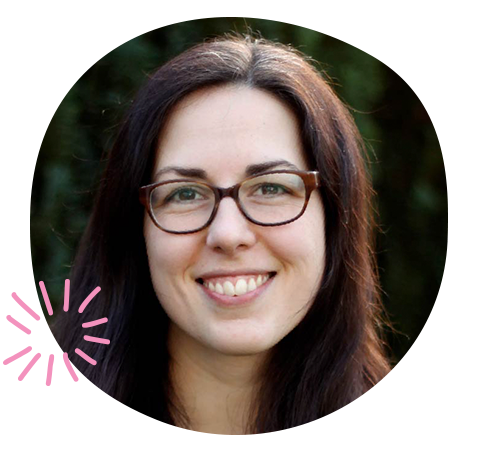How often do we find ourselves wishing for more hours in the day? Or working more than we would like to, doing tons of things at the same time, and going to sleep with the impression that we haven’t accomplished much that day?
And then the tricky comparison game starts: “How can that artist make so much artwork in so little time?” or “Where do they find the time to create such an intricate pattern?”
We feel defeated, thinking maybe we don’t work hard enough. We feel pressured and stressed to finish that piece of artwork, so we can quickly move to the next one. And that’s bad because, as you might have heard, stress kills creativity, and we don’t want that!
We want to enjoy the process of creating, express our passion for beautiful art, let our ideas flow, and create great work. Pretty and sellable work. And we want it FAST. We want it all, right?
Creating a healthy and productive workflow may take some time to cultivate, especially for us creatives! Besides, what works for some might not work for others because every artist or designer is different, remember?
That’s why I would like to give you some tips to make your design time more productive for you to test if they work for you:
Design with Purpose
As a beginner, I would draw a flower, digitize it, and try to create a pattern, before even thinking of the coordinate pattern(s). I would work on it for hours, tweaking and changing it. Soon I realized that I needed to see the bigger picture first. And this applies if you are doing a big collection of 10 patterns or if you are doing a small one with a hero piece and 2 coordinates.

So when you get an idea to draw, try to plan a bit beyond that. Quickly draw some squares and make some quick doodles about what the pattern should be about. If you are lacking ideas, make sure you read Nina Schindlinger’s blog post about 10 ways to find surface design inspiration.

For example, my hero above is about flying swallows and for coordinates, I have a dragonfly pattern and a dottie-textured pattern. You can think of the composition beforehand and say the hero will be a tossed pattern, the coordinate a half-drop pattern, and the second coordinate a tossed one, too. If you want to take it further, define the background colors too, to offer variety: a light one, a medium, and a darker one, for example.
Once you have that, you can try out the next tip: Batch working!
Batch-Working
This is a huge one! Many of us don’t have a huge workplace (yet!) so we can’t display all of our tools and art supplies at once on our desktops, right? Don’t even get started if you work with watercolors or gouache… setting up our workplace to sketch or paint takes some time.
That’s why you should do it in batches!
Paint ALL your motifs at once. Paint all the elements you need for every pattern and make a little note at the back of the paper for which pattern you’ll use them. Plus points for wet techniques artists: while you are drawing your next group of motifs, the first is already drying!
Drawing your motifs in batches also applies if you sketch by hand or even on the iPad! You can focus on drawing, your hand will already loosen up and you don’t need to stop digitizing and creating the pattern. Plus, the chances of the sketches looking cohesive increase if you don’t have to stop sketching to move on to the next phase and go back to sketching a few days later.
Once you are done with all the motifs, you move on to the digitizing stage, which might mean scanning, cleaning out files, re-drawing your sketches from paper into the iPad, or whatever program works for you.
Then you’ll have all motifs for all patterns ready and you can focus on the pattern-making part, following the notes you made previously and creating the compositions.
After that, you can make the tweaks needed for all the patterns to look cohesive, like retouching colors and adjusting the scale.
That way your brain is focused on that one particular task, you can enjoy each stage more, and you’ll be more present in the process.
REST
Yes, REST, with capital letters! We are not machines so setting healthy boundaries when you are so passionate about your work is really hard. For me, and I’m sure that for many of you too, my studio is my happy place: I can get lost in the process of drawing or making a repeat.
But our brains and bodies need to rest. It’s easier said than done, believe me, I’m guilty of overworking myself much more often than I’d like to admit.
So set working hours — and stick to them!
Drink enough water while you are working (those minutes where Illustrator is saving that huge file? Sip, sip!), go out, take a walk and get some fresh air.
RELATED ARTICLES:
How to Keep Your Artist Portfolio Organized
20 Productivity Tips for Surface Designers
Overcoming Perfectionism: Why Making Mistakes is OK
Other Productivity Tips
“To-do-someday List”
As creatives, we are always full of ideas (sometimes we can also feel uninspired and that’s normal, too!) but we don’t know where to start. If you’re a list-loving person as I am, I’m sure your walls are full of to-do lists, right? But they can get pretty big and overwhelming. Try instead to make a “to-do-someday list,” where you write down every idea you have so you are sure you don’t forget anything.
Block Time and Focus
When are you the most productive? Is it in the mornings? Then block all mornings of the week for creative work. After that you can complete the other tasks like admin, pitching, uploading designs to your POD shop if you have one, etc.
Sometimes it helps to have a day of the week for a specific task: Monday for creative work, Tuesday for admin, Wednesday for pitching, and so on, just as an example.
Turn Off Distractions
If possible, put your cell phone on mute. I have kids in school and kindergarten so I really can’t BUT I found myself often picking up my cell phone to check something on Instagram and I realized that happens when I’m too bored or overwhelmed with the task. Acknowledge that, take a deep breath, and put that cell phone away!
So in a nutshell:
1) Design with Purpose
-
write down your general ideas and gather inspiration
-
decide how many patterns you’ll create and do some doodles for each one
-
define and plan what you need to create in order to complete the pattern(s)
2) Batch-Work
-
it allows you to save set-up time
-
it helps you focus on one task at a time
-
it gives you a better sense of accomplishment
3) And REST
-
rested brains create better work
-
inspiration is out there
-
healthy boundaries make the difference

Written by Lucia Sanguinetti-Jonescheit
Website: www.deinki.com
Instagram: @deinki_com
Lucia works as a surface pattern designer under the name DEINKI. She’s originally from Argentina but lives in Germany with her husband and two kids. She started creating colorful and sophisticated patterns in 2019, sometime after her second child was born, and hasn’t stopped ever since.
I’m guilty of doing everything and nothing at the same time… It’s really hard to stick to a schedule, but whenever I can, my time is 100% more productive! Also, working on a pre-planned pattern is way more fun. Thanks for reminding me of these tipps 🙂
me too Nina! 😆
Thank you Lucia for the awesome insights and tips
Great tips, I really enjoyed reading this blog post!
Thank you, great and helpful tips. Reframing my mindset to batch creating will help me so much!! Thanks again!
I love the concept of batching motif creation, I try to batch other things but have not thought of motifs in that way